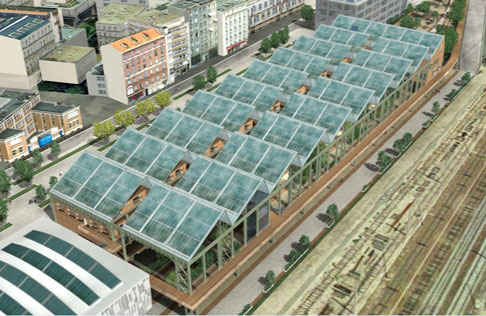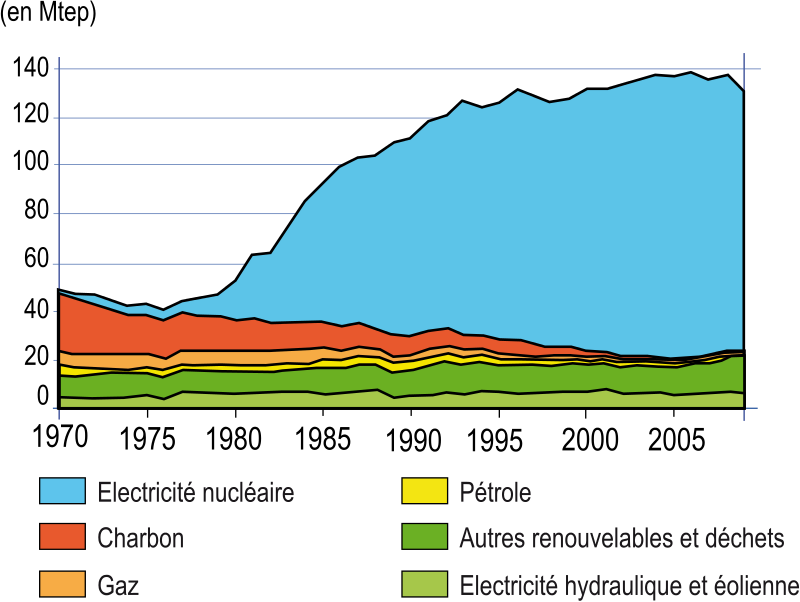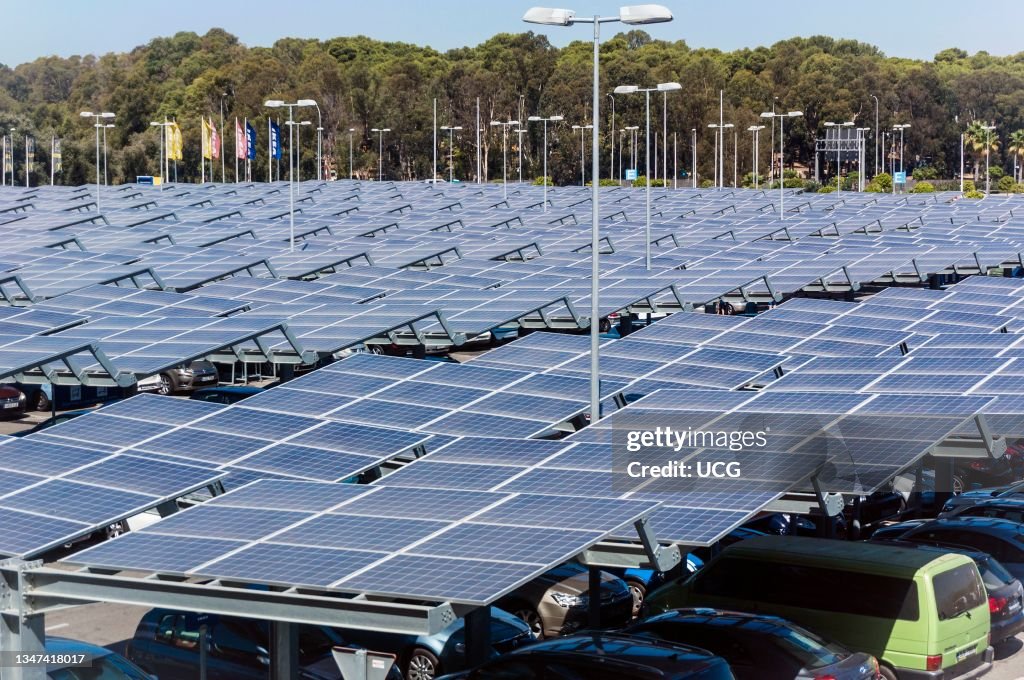|
|
Post by Kimby on May 27, 2011 1:32:18 GMT
With all the aging baby boomers - half of them women - it's a shame someone hasn't figured how to harness the power of hot flashes!  |
|
|
|
Post by Deleted on May 30, 2011 17:48:15 GMT
I have often thought that televisions should be powered by exercise cycles. The end of couch potatoes! (but some people would pay their children to pedal for them)
|
|
|
|
Post by bixaorellana on May 30, 2011 18:11:47 GMT
Ha -- that's a good idea! In my case, it would have to be the computer, which I also use as a tv. Someone needs to get to work incorporating a mouse into the handlebars.
|
|
|
|
Post by auntieannie on Jun 1, 2011 14:48:41 GMT
it's been done. just link exercise bikes to TVs, play stations, etc. it works with minimal adaptation into the power output/input.
|
|
|
|
Post by Deleted on Jun 3, 2011 20:57:12 GMT
But it needs to be made OBLIGATORY!
|
|
|
|
Post by bixaorellana on Jun 4, 2011 3:26:30 GMT
|
|
|
|
Post by onlymark on Jun 4, 2011 8:49:35 GMT
It says it uses 89 acres for 9000 families. Rough calculations then say 1 acre can supply 100 families. This'll be midsummer as they always state the best these things can do. So more realistically take a median and say 1 acre can supply 50 families all year.
So - again rough calculation - 1 family is say 4 people on average for the world population, so for 6 billion people we have 1.5 billion families.
Divide that by 100 and you get 15 million acres.
That's just a bit less than Ireland or Sri Lanka.
So we cover them with solar panels, Sri Lanka probably better than Ireland for the sun, and problem solved.
|
|
|
|
Post by Deleted on Jun 4, 2011 10:58:01 GMT
Just two blocks from my flat, they are going to be installing the largest solar electric panels in the middle of a big city, as they convert some old rail warehouses into a hostel, restaurant and artists complex. Since the old building was built to catch as much sun as possible, the roof is already positioned perfectly for the panels.  Nevertheless, this is more of a PR gimmick than anything else, because there is so much dust and pollution in a city that unless the panels are cleaned constantly, they will not be very useful. Apparently even the thinnest film of dirt cuts production by about 30%. |
|
|
|
Post by auntieannie on Jun 4, 2011 21:27:21 GMT
ah, that's something I've always wondered.... maintenance of solar panels... are the panels still quite fragile that cells would break relatively easily? Would one then be able to change cell by cell or is that not possible?
|
|
|
|
Post by Deleted on Jun 4, 2011 22:25:39 GMT
I imagine that a panel is not too hard to change -- but how much does one cost?
|
|
|
|
Post by bixaorellana on Jun 6, 2011 6:13:12 GMT
Divide that by 100 and you get 15 million acres. That's just a bit less than Ireland or Sri Lanka. Some of these methods can't be seen as across-the-board solutions. However, where there is space to do something as shown in the picture, why not? I think this belongs here. It looks as though it could be adapted fairly easily for isolated places in other parts of the world: |
|
|
|
Post by bixaorellana on Jul 10, 2011 15:14:06 GMT
Reuters: Australia unveils sweeping carbon plan in climate fight <-- click for full textexcerpts:Australia is the developed world's worst per-capita greenhouse gas emitter because of its heavy reliance on cheap coal for power generation. ... Australian retail and clean-energy stocks were expected to be among the winners, and airlines and miners among the plan's losers, but analysts said financial markets overall were tipped to take the policy in their stride. ... Australia said it hoped to link its scheme, which would cost A$4.4 billion to implement after household and industry compensation, to other international carbon markets and land abatement schemes when its emissions market was running. Europe's system, which covers the 27 EU member states plus Norway, Iceland and Liechtenstein, has forced power producers to pay for carbon emissions, driving cuts where power plants were forced to switch to cleaner natural gas or biomass. Gillard said her government would spend A$9.2 billion over the first three years of the scheme to ensure heavy polluting industries like steel and aluminium production were not killed off, and help close the oldest and dirtiest power stations. ... The scheme also set-up a A$10 billion Clean Energy Finance Corporation to fund new renewable and cleaner generation capacity, such as wind, solar, gas and wave power plants. ... ... the government has offered tax cuts to low and middle-income households, as well as increased state pension and welfare payments. Treasurer Wayne Swan said all taxpayers earning below A$80,000 a year would get tax cuts worth around A$300 a year, which analysts said could actually help boost the struggling retail sector, where spending has been sluggish. - - - - - - - - - - - - - - - - - - - - - - - - - - - - - - - - - - - - - - - - - - currency converter: www.xe.com/ucc/
|
|
|
|
Post by kerouac2 on Jun 30, 2020 17:18:57 GMT
France closed its first nuclear power plant in Fessenheim yesterday. It opened in 1978. Nuclear energy still represents 75% of electricity in France, which makes it one of the least polluting industrial countries, but it has a goal of reducing the percentage to 50% by 2025 (unlikely). In any case, it is determined not to reopen coal mines and build coal-fueled power plants like Germany did when it stopped nuclear energy. Anyway, we all know the danger of nuclear energy, and since we can't be trusted to operate it safely, it will probably have to stop. But it will be hard in France.  I think there are still 56 nuclear reactors in service. |
|
|
|
Post by bixaorellana on Jun 30, 2020 17:27:25 GMT
That is really admirable!
There is a power plant in my home town, something else that makes you not want to drink the water.
|
|
|
|
Post by kerouac2 on Jan 21, 2021 12:25:22 GMT
Now that President Biden has cancelled the Keystone XL oil pipeline from Canada, I wonder if both countries will be able to rethink their reliance on fossil fuels.
|
|
|
|
Post by kerouac2 on Feb 22, 2023 21:32:47 GMT
In my brother's latest postal letter, he said that they now have solar panels on their roof in California. If the panels generate more electricty than they use, PGE (the local electric company) will pay them for the extra electricity.
He did not mention how much they paid to get the panels installed.
|
|
|
|
Post by bjd on Feb 23, 2023 7:04:54 GMT
EDF (the French electricity company) used to phone often asking people to put solar panels on their roof. About 10 or more years ago, it was a good deal because they bought the electricity back at a good price. Nowadays, unless you have an old contract, the buyback price is very low. The house our son, near Bordeaux, bought has solar panels on the roof. He told me that the buyback by EDF brings in about 2000€ a year, but I don't know how much the original owner paid to have them installed.
Recently some of our neighbours here have solar panels installed on the roof to provide their own electricity. I don't know exactly how it is stored on sunny days to make up for rainy or very cloudy days. One of the neighbours told us that their panels -- quite a few of them, both on the eastern and western sides of the roof -- cost 18,000 € to install. My husband figured it would be years before they paid for themselves. That said, all municipal buildings here, like the schools, have solar panels on the roof, and new apartment buildings do as well.
We have solar panels to heat hot water, so essentially pay nothing to run the water heater from spring till about October, depending on the year, of course. The recent sunny spell also heated the water. Our house is a bit oddly shaped and has smallish roof sections facing various directions, so because of the neighbour's trees to our south, we don't really have the space for solar panels to generate electricity.
|
|
|
|
Post by bjd on Nov 17, 2023 7:19:57 GMT
Our local supermarket used to have a few small trees in its parking lot and in summer, parking spots underneath were in great demand. In the past few weeks, they have installed large roofs with solar panels over the parking lot. Not one large roof but a series of sloped ones.
|
|
|
|
Post by kerouac2 on Nov 17, 2023 10:04:34 GMT
Meanwhile, ocean wind turbines are finally becoming more popular in France now that it has been found that mussels like to use them as a home.
|
|
|
|
Post by onlyMark on Nov 17, 2023 11:42:00 GMT
This is the car park for Ikea in Malaga. It was done maybe ten years or so ago and a brilliant idea. It's always a pleasure in the summer to go there.  |
|
|
|
Post by mich64 on Nov 17, 2023 19:48:37 GMT
That is a great idea! I have been noticing that people are installing solar panels on the east/west sides of their homes here as the roofs are covered in snow 4-5 months of the year. But this is such a perfect place for this application, causing shade while collecting energy.
|
|
|
|
Post by onlyMark on Nov 17, 2023 20:42:06 GMT
Mich, can you run that past me again.
Because roofs are covered in snow for 4-5 months, people mount the panels on the east/west sides? Of what? The roofs? The walls?
Does that mean they mount them on the house walls to keep away from the snow?
Can you just explain a little more for me.
|
|